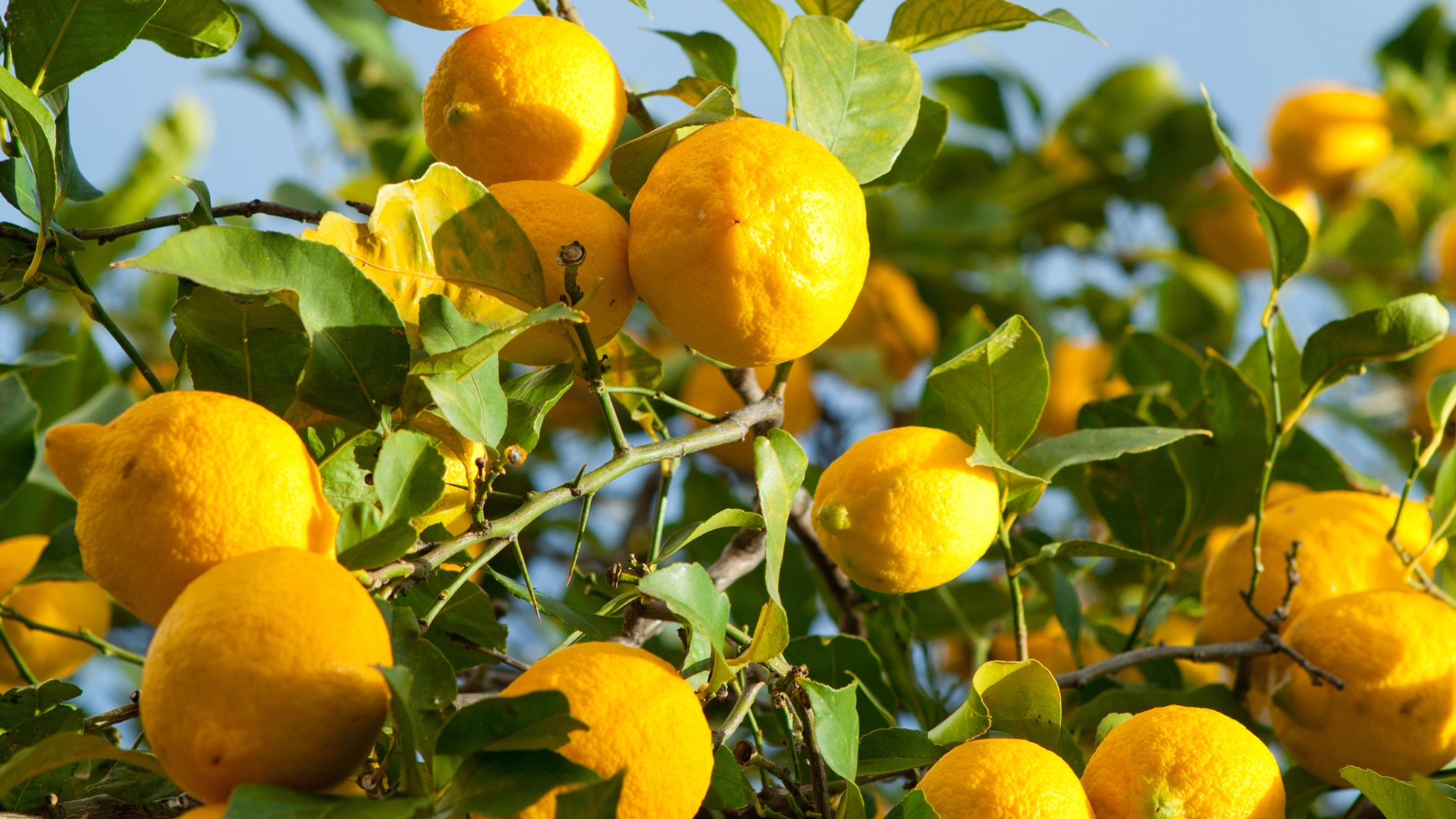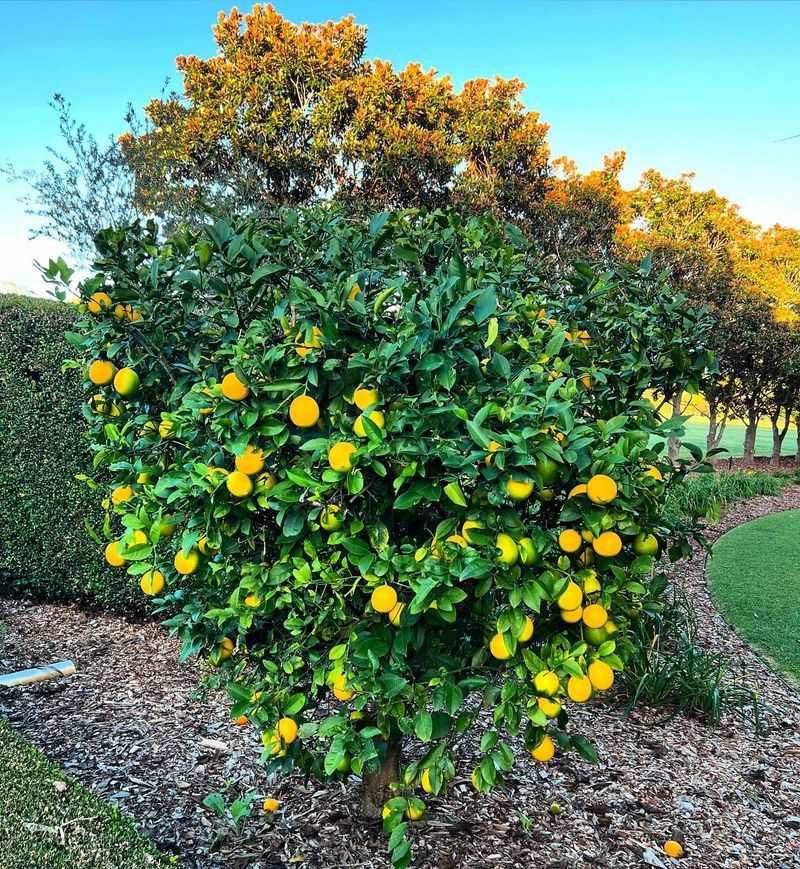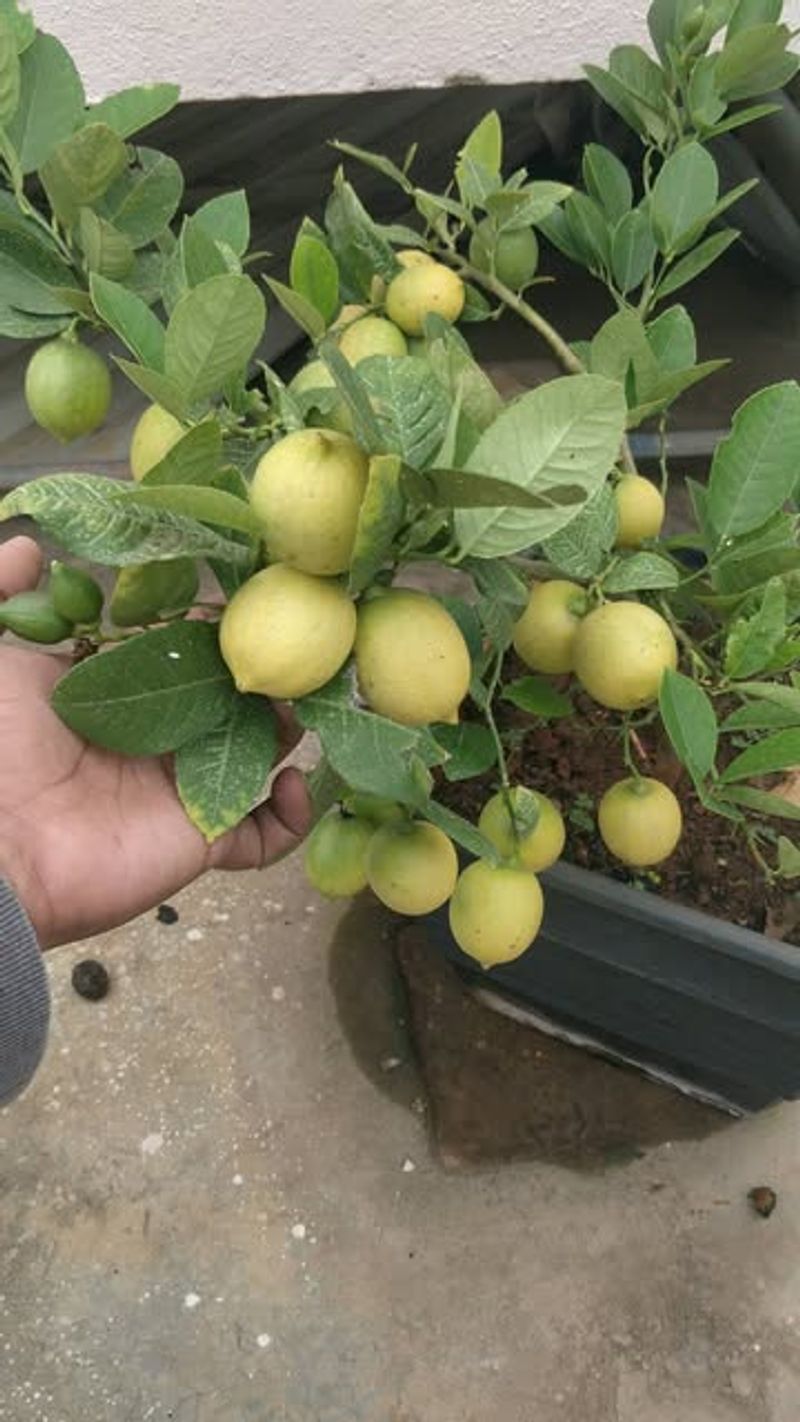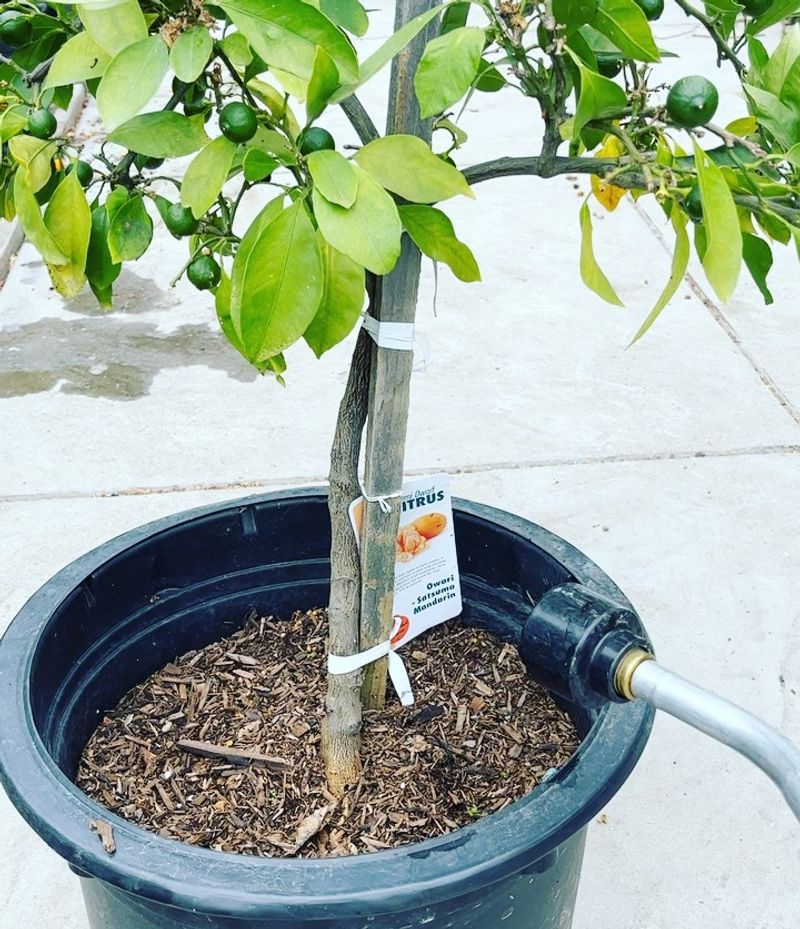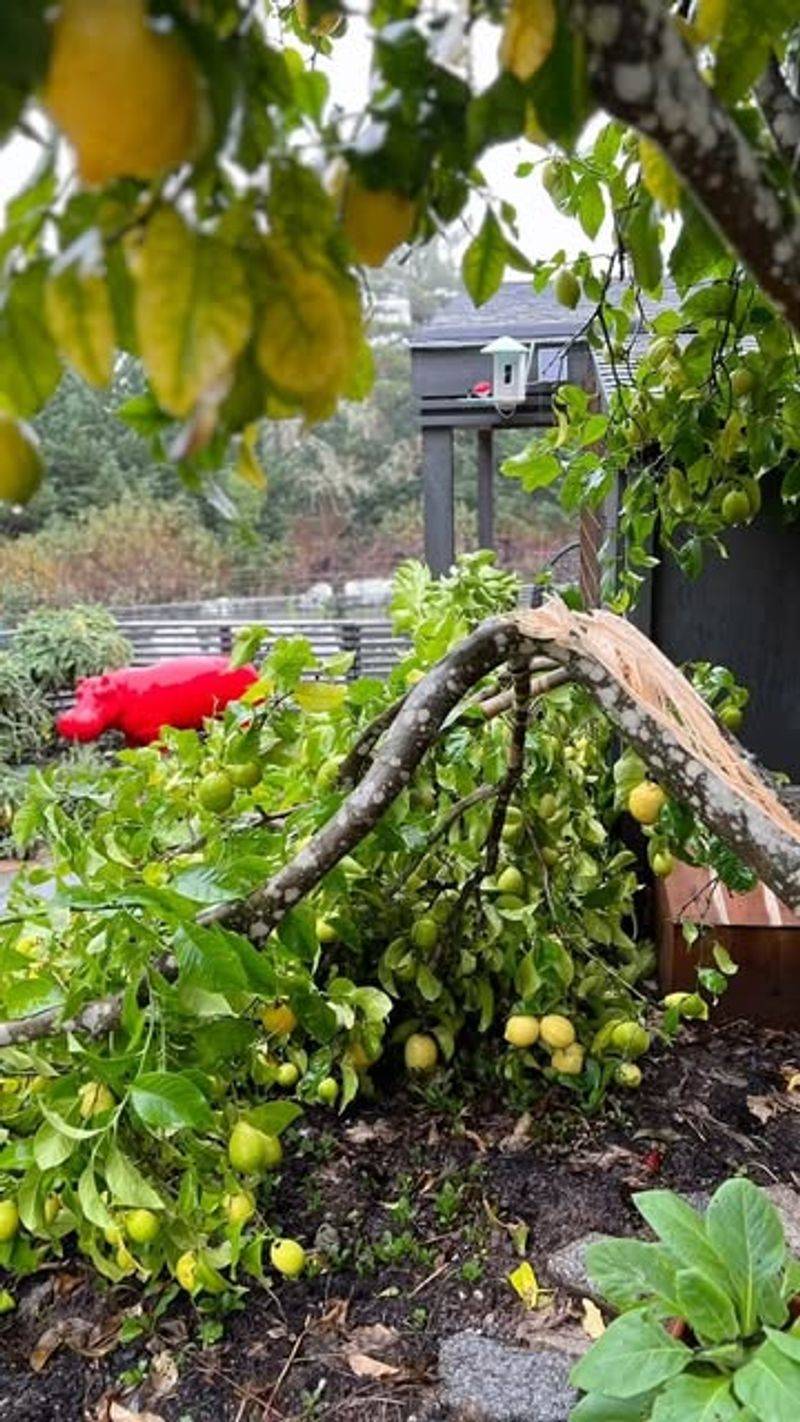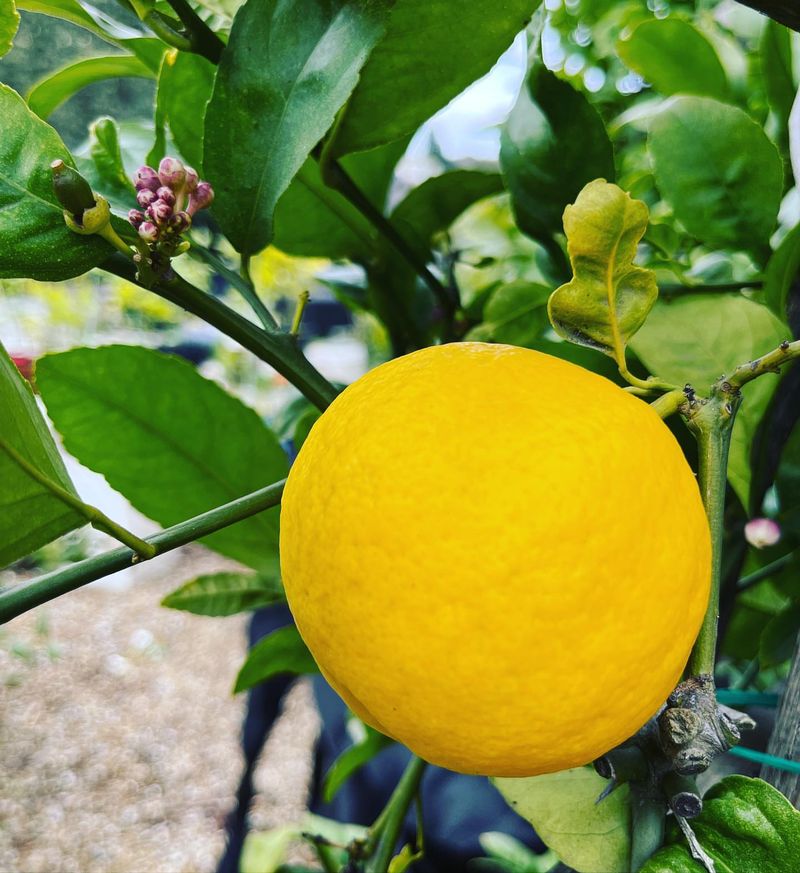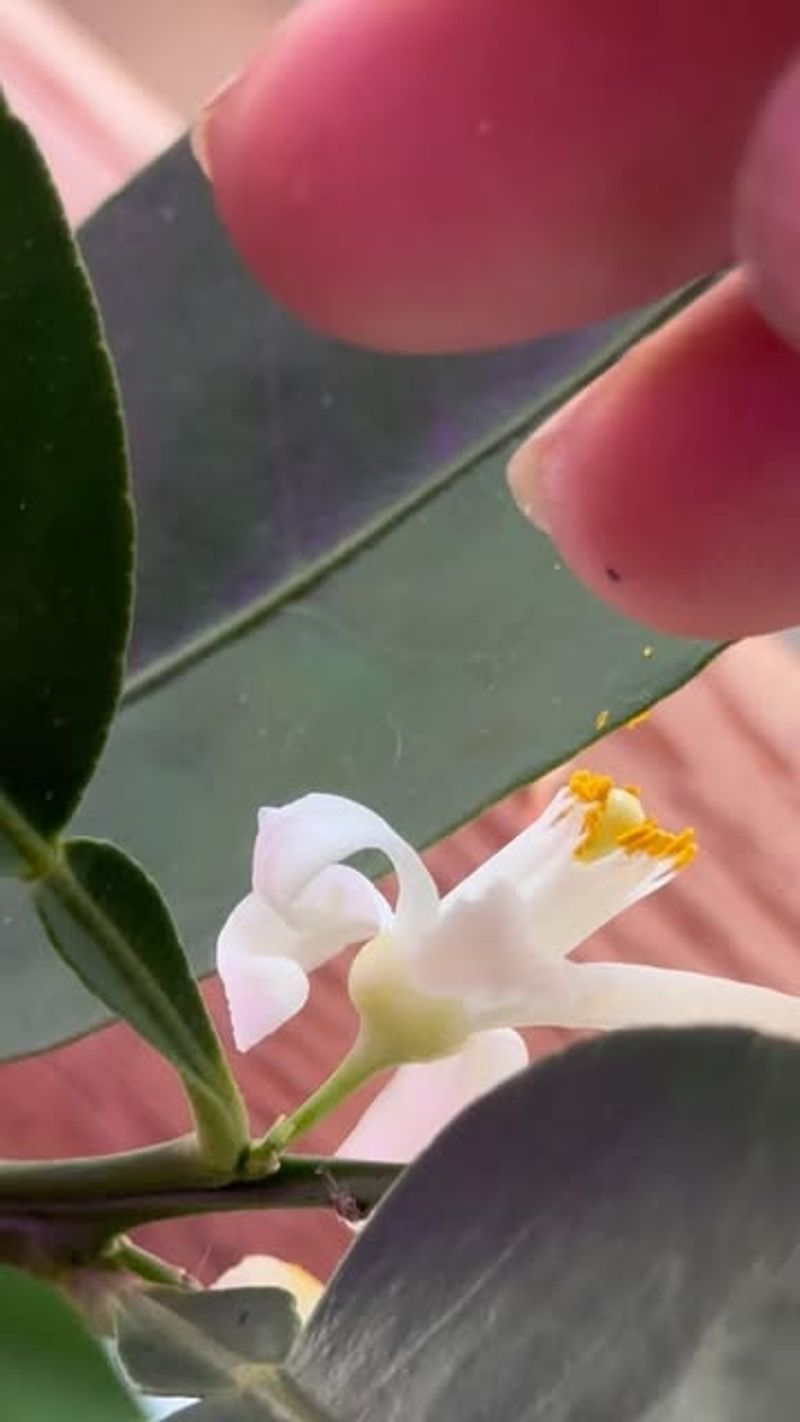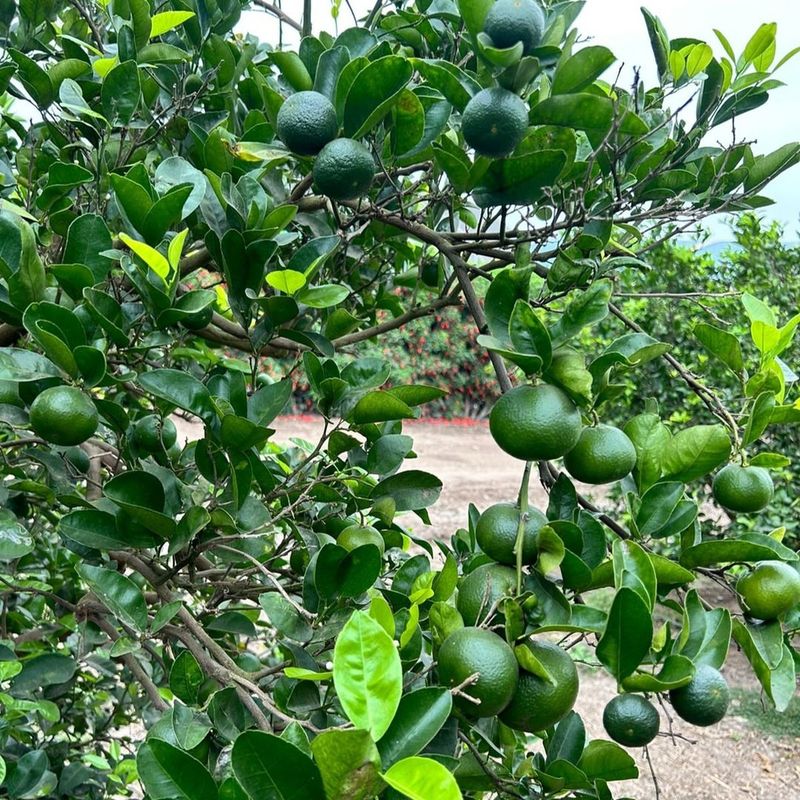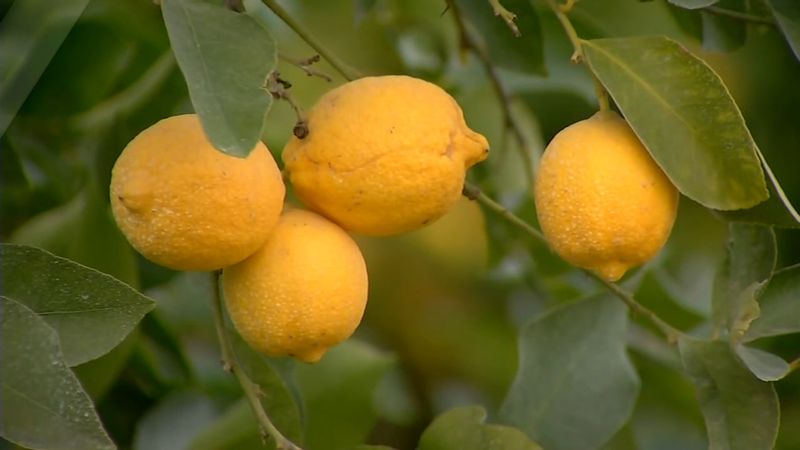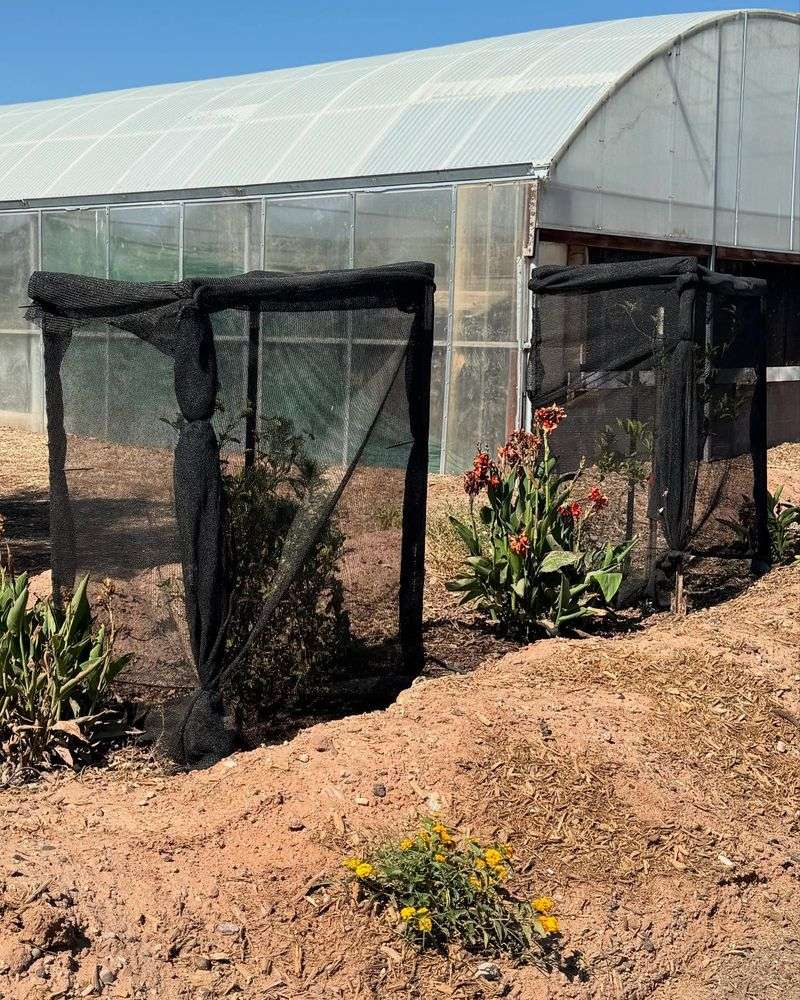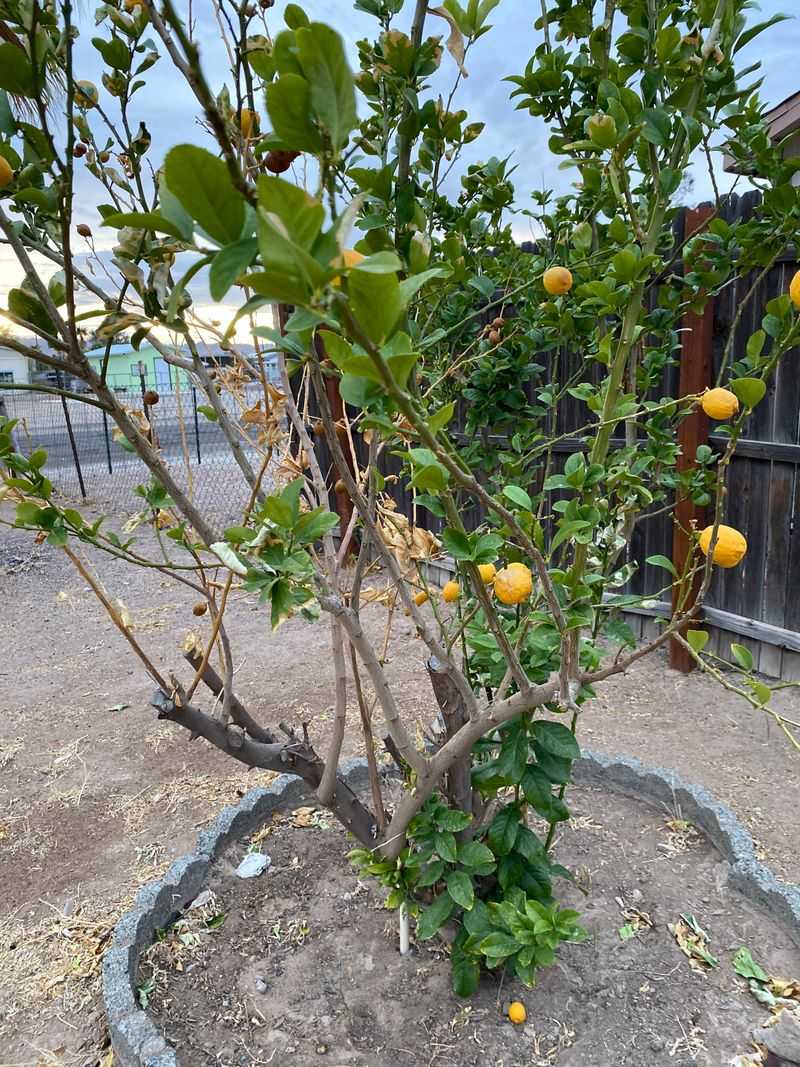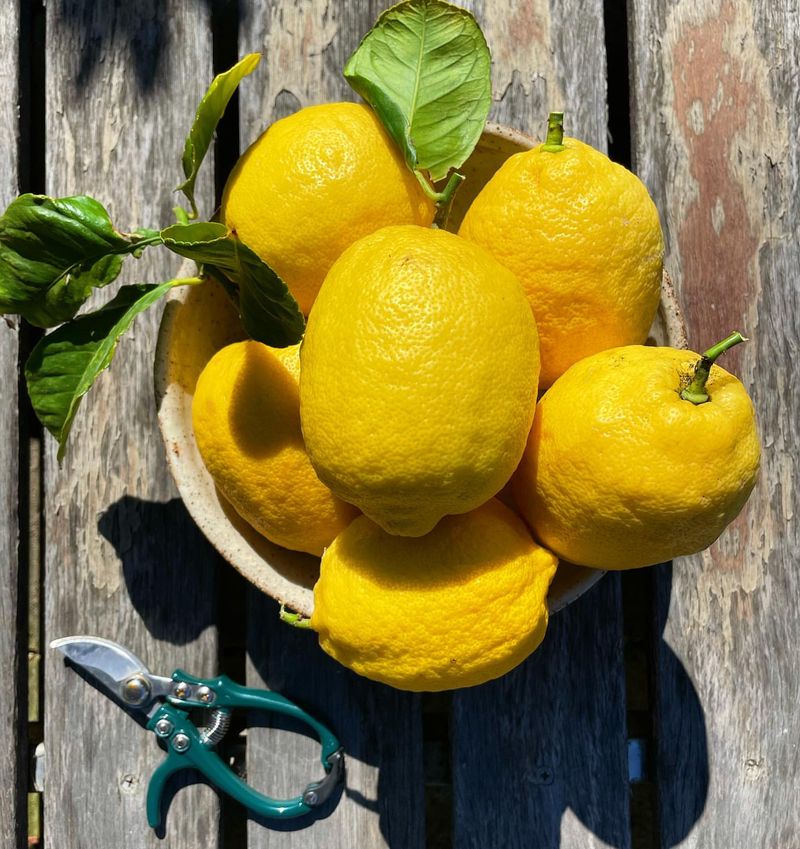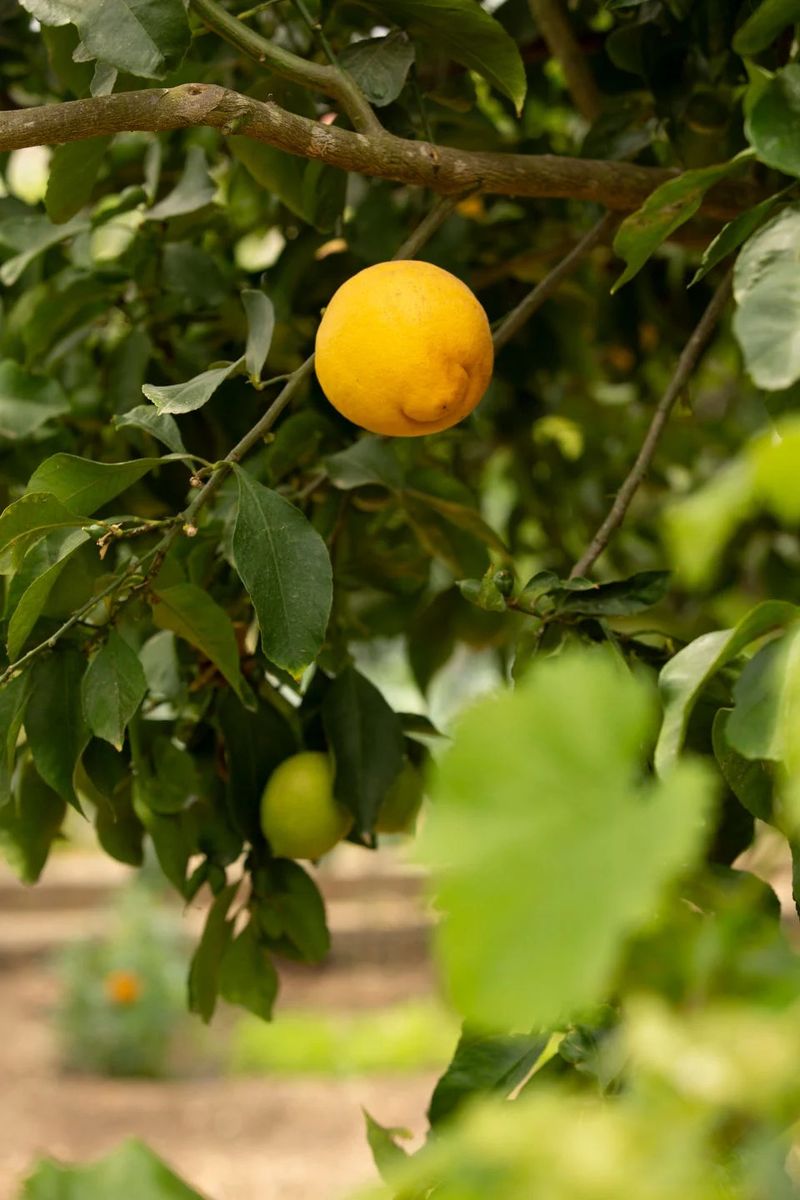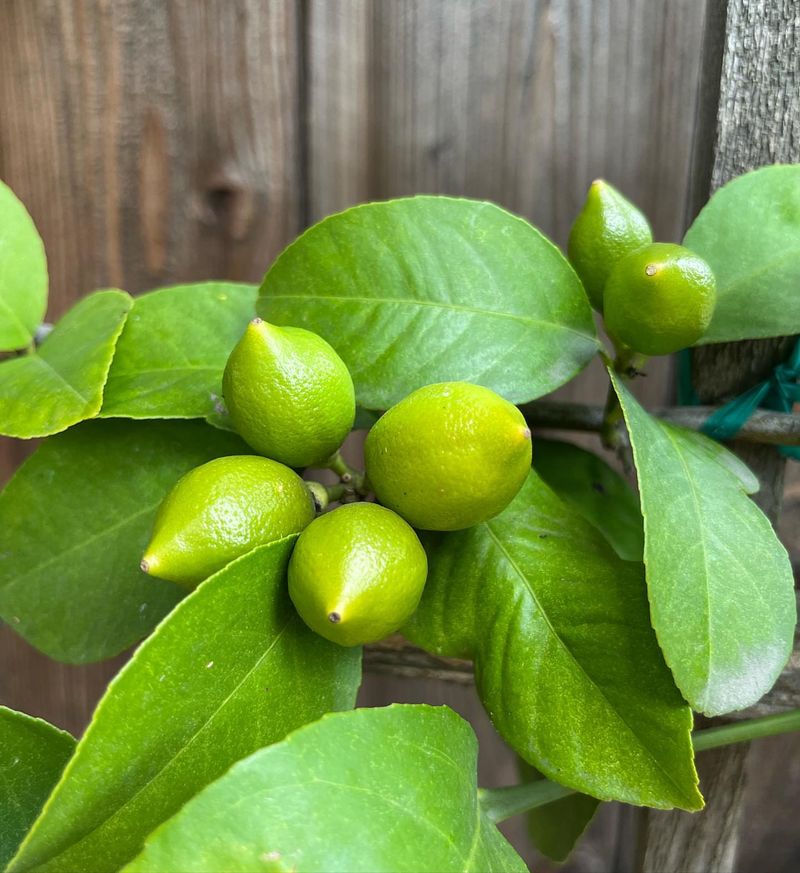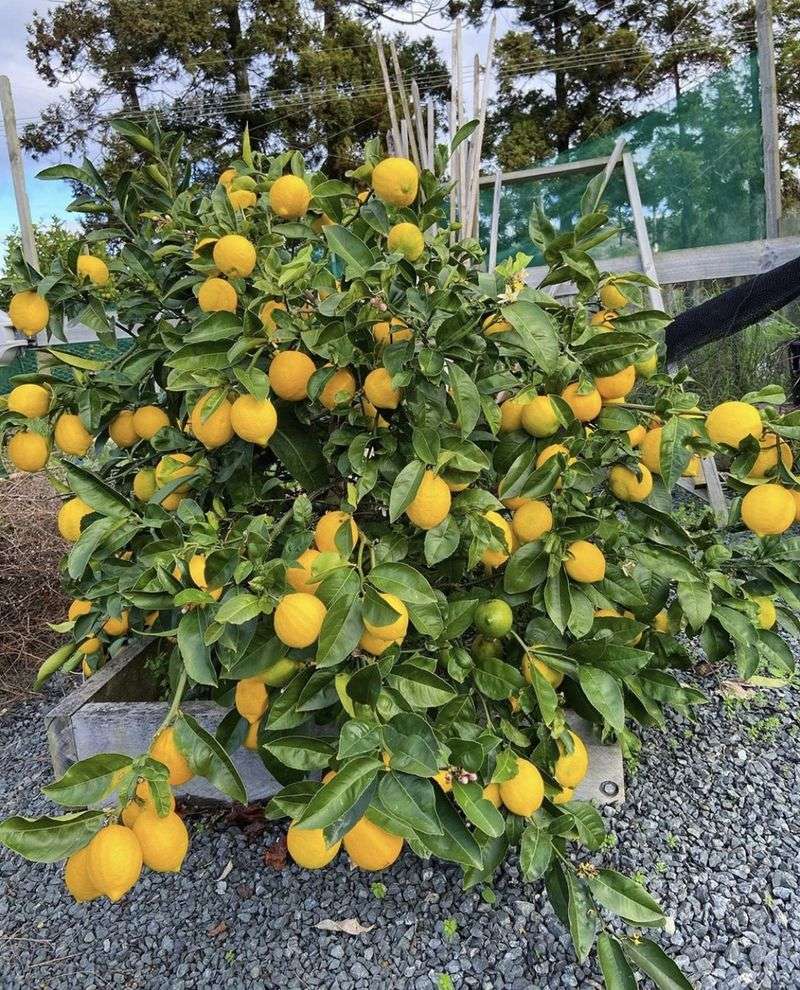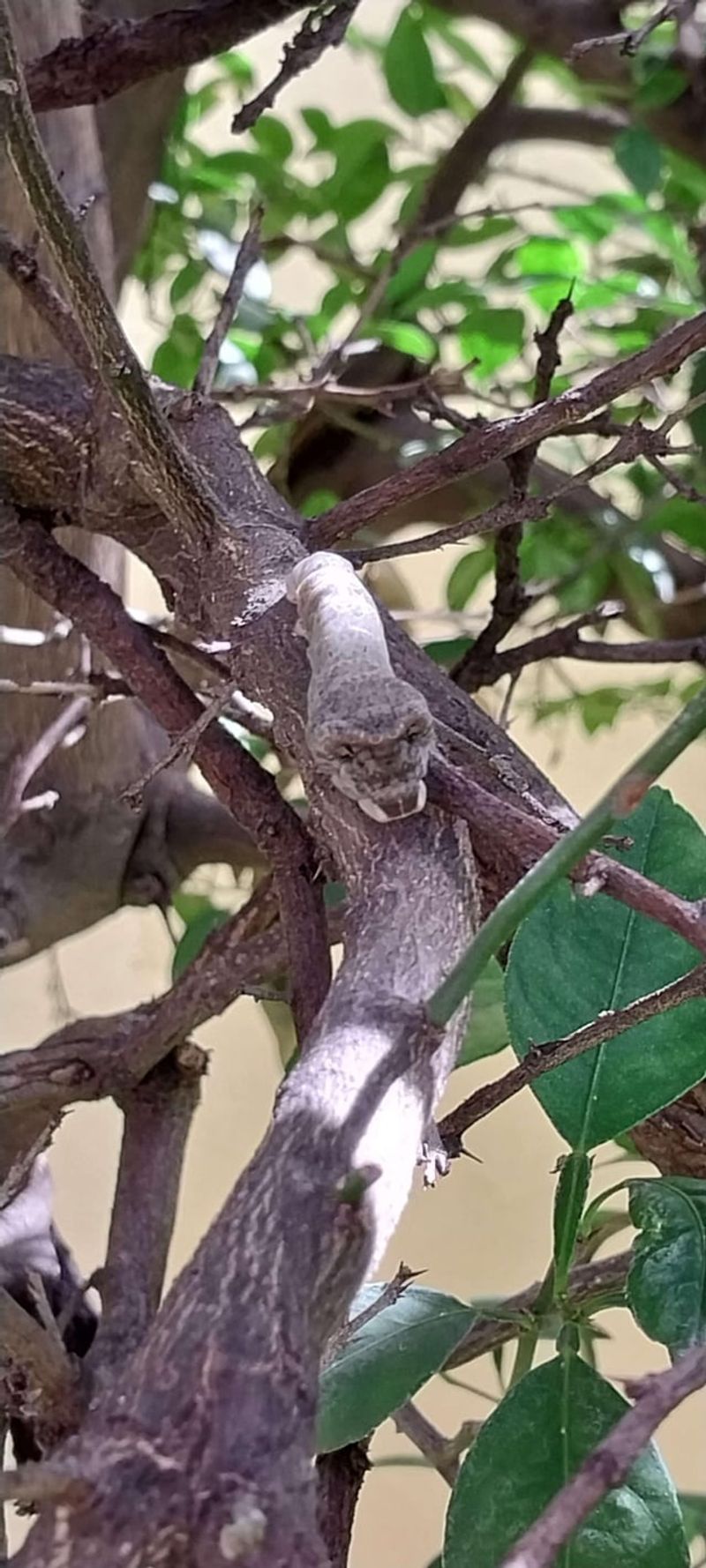There’s nothing like picking a sun-ripened lemon straight from your own tree—especially when it’s big, bold, and bursting with juice. But growing perfect lemons doesn’t happen by accident. After years of trial, error, and a few sour disappointments, I’ve narrowed it down to the tricks that actually work.
These 13 genius tips will help you grow the biggest, juiciest lemons this summer—and I’ve also included 4 common mistakes that could leave your harvest high and dry.
1. Choose the Right Variety
Meyer lemons typically produce the juiciest fruits for home gardeners. Their thin skin and sweet-tart flavor make them perfect for backyard growing, unlike tougher commercial varieties.
When shopping for saplings, look for healthy leaves without yellowing and check that the root system isn’t bound up in the pot. Young trees with multiple branches will often produce fruit faster than single-stem varieties.
2. Plant in Full Sunshine
Lemon trees are sun worshippers! They need at least 6-8 hours of direct sunlight daily to produce sweet, large fruits. Trees grown in partial shade often yield smaller, less flavorful lemons.
Southern or western exposures usually provide the best growing conditions. For container gardening, wheels on the bottom of heavy pots make it easier to follow the sun as seasons change, ensuring your tree always gets maximum light.
3. Perfect Your Soil Mix
Lemons thrive in slightly acidic soil with excellent drainage. Mix regular potting soil with perlite and aged compost for the ideal growing medium. The pH should hover between 5.5 and 6.5 for optimal nutrient absorption.
Adding a handful of coffee grounds monthly helps maintain acidity. For container plants, refresh the top few inches of soil annually without disturbing the roots. This soil combination prevents water logging while delivering nutrients exactly where needed.
4. Water Deeply But Infrequently
Contrary to what many believe, lemon trees produce juicier fruit when allowed to dry slightly between waterings. Deep, thorough soakings encourage roots to grow downward rather than staying near the surface.
Stick your finger two inches into the soil – if it’s dry at that depth, it’s watering time. During fruit development, consistency matters most. Sudden changes in watering patterns can cause fruit splitting or dropping, so establish a regular schedule based on your climate.
5. Fertilize with Citrus-Specific Food
Regular grocery store lemons don’t compare to home-grown fruits fed with proper nutrients! Specialized citrus fertilizers contain the perfect balance of nitrogen, phosphorus, and potassium that lemon trees crave.
Apply fertilizer every 6-8 weeks during growing season, but cut back in winter. Look for formulations with micronutrients like magnesium and zinc – these trace elements are secret weapons for developing extra-juicy fruits. Always water thoroughly after fertilizing to prevent root burn.
6. Mulch Matters
Surround your lemon tree with a 2-3 inch layer of organic mulch, keeping it several inches away from the trunk. Wood chips, straw, or dried leaves work wonderfully to retain moisture and regulate soil temperature.
Mulch gradually breaks down, feeding soil microorganisms that benefit your tree. It also prevents weeds from stealing nutrients and water. Replace mulch annually in spring as older layers decompose and become part of your soil’s organic matter, creating a continuous feeding cycle.
7. Prune for Productivity
Strategic pruning helps your lemon tree direct energy to fruit production rather than excess foliage. Remove any branches growing toward the center, creating an open, vase-like shape that allows sunlight to reach all parts of the tree.
Snip off water sprouts – those fast-growing vertical shoots that rarely produce fruit. The best time to prune is after harvesting but before new flowering begins. Clean cuts with sharp tools prevent disease entry points and promote faster healing.
8. Hand-Pollinate Flowers
Boost your fruit set dramatically by playing matchmaker! Use a small, soft paintbrush to transfer pollen between lemon blossoms during flowering. This simple trick mimics bee activity and can increase fruit production by up to 30%.
Focus on pollinating during mid-morning when flowers are fully open but not yet affected by afternoon heat. While lemon trees are self-pollinating, this extra help ensures nearly every blossom has the chance to become a juicy fruit, especially important for indoor or screened trees.
9. Thin Young Fruit Strategically
Sometimes less truly becomes more! When your tree sets too many fruits, they compete for resources, resulting in lots of small lemons instead of fewer large ones. Remove about one-third of young fruits when they’re marble-sized.
Focus on keeping fruits that grow on stronger branches with good sun exposure. Leave approximately 6-8 inches between developing lemons. This selective thinning redirects the tree’s energy to fewer fruits, resulting in dramatically larger, juicier lemons that are worth the sacrifice.
10. Provide Wind Protection
Lemon trees with constant wind exposure develop tougher skins as a natural defense mechanism, but this protection comes at the expense of juiciness. Plant windbreaks or install temporary barriers during windy seasons to shield your trees.
For potted trees, relocate to sheltered spots when strong winds are forecast. The calmer the growing environment, the more energy your tree puts into developing soft, thin-skinned fruits filled with juice instead of protective thick rinds. This simple adjustment makes a remarkable difference in fruit quality.
11. Summer Shade Cloth
While lemons need abundant sunshine, extreme summer heat can stress trees and cause fruit drop. During the hottest days, draping 30% shade cloth over your trees provides relief without sacrificing essential light.
This temporary protection prevents sunscald on developing fruits and reduces water loss through leaves. Remove the shade cloth during cooler days and mornings to maximize light exposure. This balanced approach creates the perfect microclimate for developing extra-juicy fruits even during intense summer heat waves.
12. Maintain Consistent Moisture
Lemon size and juiciness directly correlate with moisture levels during fruit development. Installing a drip irrigation system delivers precise water amounts exactly where needed, eliminating guesswork.
Moisture meters take the mystery out of watering schedules – aim for consistently moist but never soggy soil. Adding water-retaining crystals to potting mix helps regulate moisture between waterings. These polymer granules absorb excess water and slowly release it back to roots, creating ideal conditions for developing plump, juice-filled fruits.
13. Foliar Feeding Boost
Give your lemons a growth boost by spraying diluted seaweed extract directly on leaves every 2-3 weeks during fruit development. Plants absorb nutrients through their foliage up to 20 times more efficiently than through roots!
Early morning application ensures maximum absorption before the heat of the day. This supplemental feeding delivers trace minerals directly to developing fruits. The result? Noticeably juicier lemons with enhanced flavor profiles that store-bought varieties simply can’t match.
14. DANGER: Overwatering Disaster
Drowning your lemon tree with excessive water creates a dangerous cycle leading to root rot. Waterlogged roots can’t absorb oxygen or nutrients, causing yellowing leaves and stunted fruit development.
Signs of overwatering include constantly wet soil, algae growth on soil surface, and fungus gnats hovering around the base. Once root rot sets in, recovery becomes extremely difficult. Always allow the top inch of soil to dry between waterings, and ensure containers have multiple drainage holes.
15. DANGER: Wrong Pruning Time
Pruning lemon trees immediately before or during flowering removes the very branches that would produce fruit! This timing mistake can eliminate an entire season’s harvest in just a few snips.
Always schedule major pruning right after harvesting, when the tree enters a brief dormancy period. Emergency pruning for damaged limbs can happen anytime, but extensive shaping should follow the tree’s natural cycle. Marking your calendar with appropriate pruning windows prevents this common but devastating timing error.
16. DANGER: Nitrogen Overload
Excessive nitrogen fertilizer stimulates impressive leaf growth at the expense of fruit production. Your tree might look lush and green but produce few lemons, and those that do develop may have thick, bumpy rinds with minimal juice.
Balance is key! During fruiting season, switch to fertilizers with higher phosphorus and potassium ratios. These nutrients support flower and fruit development rather than leafy growth. Read fertilizer labels carefully – the three numbers represent nitrogen, phosphorus, and potassium percentages respectively.
17. DANGER: Pest Ignorance
Unchecked citrus pests like aphids, scale insects, and leaf miners quietly drain your tree’s vitality, leaving you with small, dry lemons. These sap-sucking invaders steal nutrients meant for fruit development while potentially spreading diseases.
Inspect both leaf surfaces weekly, especially under leaves where pests hide. Introduce beneficial insects like ladybugs for natural control. Neem oil provides effective organic treatment without harming pollinators when applied in evening hours. Early intervention prevents the population explosions that can devastate an entire harvest.

